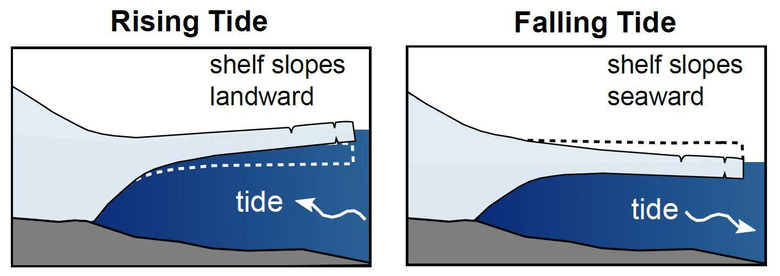Researchers Believe Icequakes Rumble On Saturn's Moon Enceladus
One of the more interesting moons orbiting a planet in our solar system circles the giant planet Saturn and is called Enceladus. Researchers believe that tidal stresses on the moon could be causing constant icequakes on the moon. Enceladus is of particular interest to astronomers and researchers because it's one of several places in the solar system that extraterrestrial life might exist.
Improving the understanding of seismic activity on the moon could help reveal what's underneath the icy crust while providing clues about any potential habitability of its subsurface ocean. Enceladus is the sixth-largest moon orbiting Saturn and is about 500 kilometers in diameter. Its surface is almost entirely covered in ice, and since it's about ten times further from the sun than Earth, so it's very cold.
Speculation has suggested for a long time that underneath the icy crust could be a massive liquid ocean. The moon is theorized to experience significant tidal forces caused by Saturn and the other larger moons orbiting the planet. The moon orbiting Earth is responsible for tides in the ocean.
According to the theory, the massive tidal forces on Enceladus would warm the moon's interior and crack the surface. Sometimes tall geysers of water vapor spray through the cracks, which are called tiger stripe fractures. Researchers on the study used observations taken from the Antarctic ice shelves to theorize that tides on Enceladus might cause small quakes in the ice at the moons fracture zones like icequakes observed on the floating ice sheets of Antarctica.

Researchers say they have ideas on how thick the ice could be on Saturn's moon but have no direct observations. They believe that studying icequakes is one way to learn more about ice thickness. The study pointed out that the icequakes aren't massive even at their peak period of stress. They are said to be almost continuous pops and fractures.
